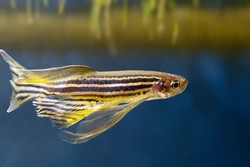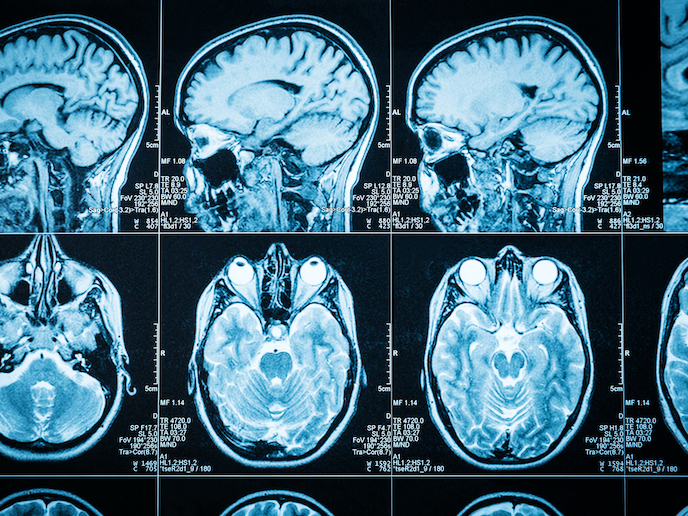Zebrafish models for ALS
ALS disease aetiology is complex and is characterised by the accumulation of misfolded proteins, epigenetic events as well as mitochondria malfunction. In a previous study, scientists of the EU-funded NOVEL ALS MODELS (Developing novel models of amyotrophic lateral sclerosis using motor neuron cultures and zebrafish) project had identified mutations in the TAR DNA binding protein (TARDBP) gene that encodes TDP-43 in ALS patients. TDP-43 binds both DNA and RNA and functions mainly as a transcriptional repressor, in pre-mRNA splicing and translational regulation. In ALS, TDP-43 is enriched in inclusion bodies present in motor neurons. The NOVEL ALS MODELS project set out to elucidate mechanisms involved in motor neuron degeneration caused by TDP-43 and fused in sarcoma (FUS), another gene mutated in ALS. For this purpose, they used zebrafish and generated transgenic models of the disease. A model with a knockout of the C9orf72 gene mimicked ALS patients carrying the C9orf72 hexanucleotide repeats while other zebrafish models with mutations in TDP-43, FUS and SOD1 genes were generated successfully. Fish with C9orf72 mutations exhibited major deficits of axonal projections from spinal motor neurons and major reduction of locomotion parameters. Additionally, TDP-43 and FUS mutants helped scientists characterise the functional interaction of TDP-43 and FUS and identify common molecular partners such as ATX2. Future work into the potential interaction of TDP-43 and FUS with other players will help unveil the molecular cascades downstream of these molecules. These ALS mechanisms were studied further in stable transgenic lines generated using advanced genomic techniques. From a therapeutic viewpoint, scientists discovered that treatment of mutant TDP-43 and FUS zebrafish models with methylene blue, a compound known to reduce oxidative damage, rescued the deficits in axonal projections linked to neurodegeneration. Similarly, reduction of ER stress was observed specifically on using the drugs salubrinal and guanabenz. Taken together, the activities of the NOVEL ALS MODELS project not only provided novel knowledge on the molecular mechanisms of ALS, but suggested potential new therapies for the treatment of ALS.







